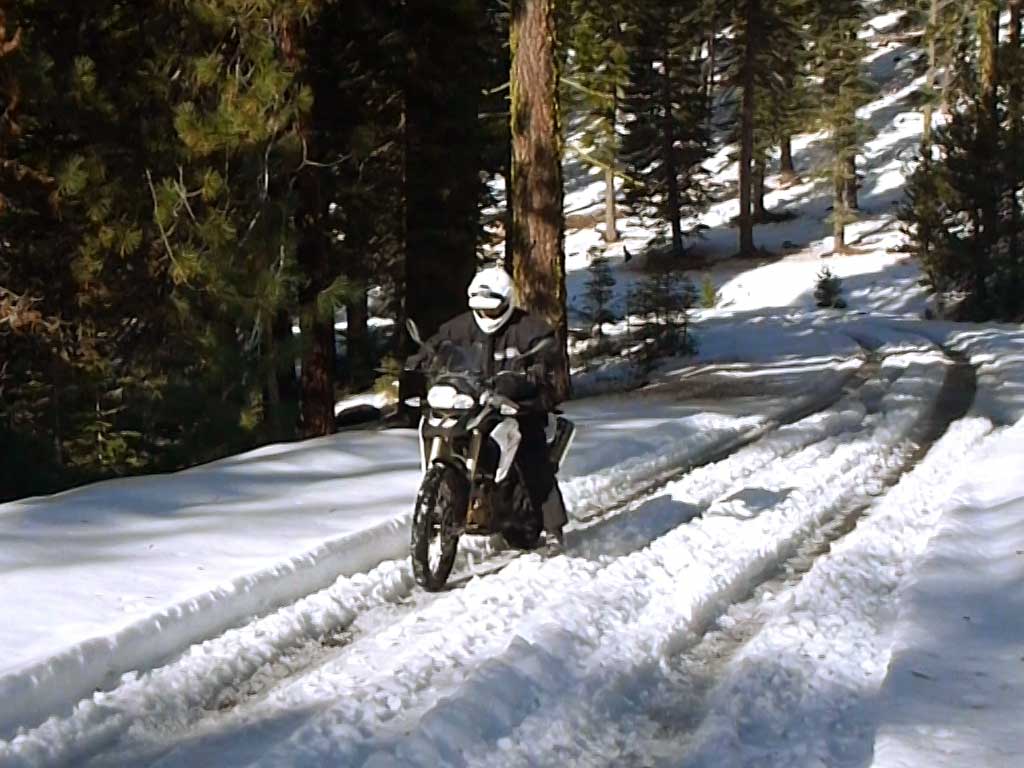
When the winters come knocking the door, doesn’t mean that you have to put away your motorcycle in the garage. What you need to put away is your laziness or ego and practice extra caution when heading out. If you don’t have a motorbike, you can always buy a used one here https://performancenc.ca/vehicules/usages/moto/. Here are some tips to follow when riding in the cold weather.
- Inspect your tires
When you choose to ride off in wintertime when a 3 year old race take offs, you are bound to land into the high side. To keep the intimate engagements with the city roadway at bay, always take a winter ride with the motorcycle tire that bears 50 percent of treat life. You can also try the typical old school penny test. Check the birthdate of the tires by using the 4 digit code present adjacent to the DOT markings. The first two digits signify the week of manufacturing and the remaining signify the year. Know that anything more than 6 years old is a big no no. there are many tires meant for all weather ride that heats up faster and entail extra grooving to make the liquid dispersion easier. These tires are ideal for winters than the hypersport category that combines street and track together. The pace is essential to keep the tire up and running to an optimal temp which cannot be achieved during cold street riding.
- Check the tire pressure
When the mercury plummets, you need to keep an eye on the air pressure of your tires. Wintertime can cause the air pressure to plummet as well where it will make you lose more PSI on both ends of your ride. Refer to the rule of thumb that is 1-2 pound of air pressure plummets in every 10 degrees. If you find someone who is crazy enough to ride in the starkly cold weather, you can alter the PSI on that basis for the increase in weight.

- Always be wary of the tire temperature
Rubber and asphalt are enemies when it comes to 135 degrees F. Without a crew professional equipped with temperature probe at the corner gas station, always assume that your tires are going to take time to heat up to a proper grip temperature. Braking and speeding up heat up the tires when the carcass is flexed and friction is caused.





